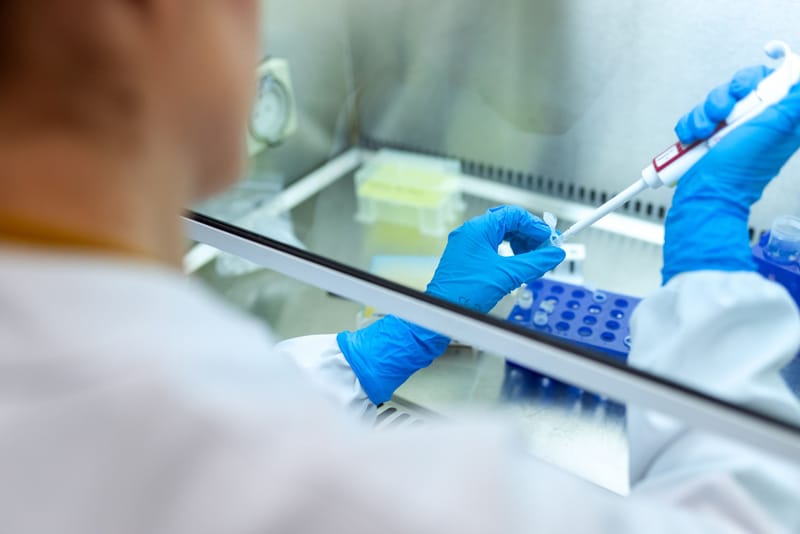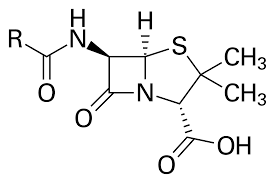Penicilin

Penicillin, first known as mould juice, is a chemical that kills bacteria. It is used for cleaning wounds and cuts. It has saved many lives, because before it was invented, infected cuts were very dangerous and often lethal. It was discovered by a Scottish bacteriologist called Alexander Flemming in 1928.
It was actually an accidental find, though, because when Flemming came back from a holiday, he found that his Petri dishes had been contaminated by a green mould, called Pennicilium notatum. This mould had killed some of the bacteria in his Perti dish. He then isolated it, and grew more of it to see how many other bacteria it could kill.
We now know that Penicillin works by preventing bacteria from forming new cell walls, so they cannot make new cells. This means that they cannot grow, and will eventually die.
It's chemical formula is C16H18N204S.
It's chemical structure is:

It is very lucky that we tested penicillin of mice not guinea pigs because it is toxic to guinea pigs, so we may have thought that was the same for all animals, including ourselves.
Before we discovered penicillin, many people used moldy food to treat wounds, without understanding how it worked.
Penicillin is abbreviated as PCN or pen.



